Pushing the boat out. A visit to Sheringham Shoal Offshore Wind Farm
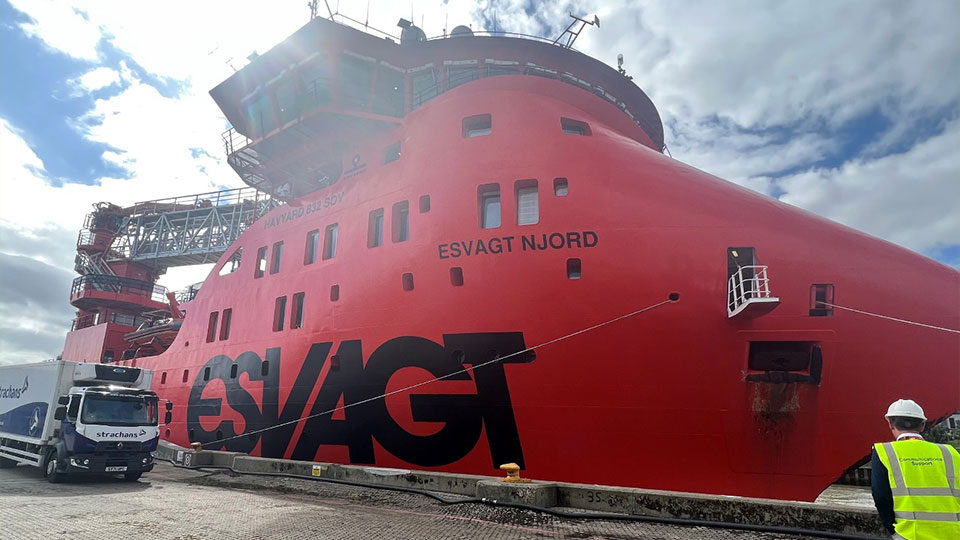
Holden & Partners’ Investment Analyst, James Richardson Mullins jumped at the chance to swap his laptop for a hard hat for the day on a site visit to the operations base of Esvagt Njord, a Service Operations Vessel (SOV) responsible for the maintenance of the Sheringham Shoal Offshore wind farm, on the North Norfolk coastline. Here are his thoughts on the day.
Most of us are familiar with the rows of turbines that now make up part of the coastal vista, but have you thought about what goes on behind the scenes? Our recent site visit to the Esvagt Njord opened my eyes to the size and scale of the operation.
About Sheringham Shoal
Construction of the wind farm started in 2010 and the site became fully operational during 2012. One of our portfolio holdings, TRIG (The Renewables Infrastructure Group), invested in Sheringham Shoal in 2017 and has a 14.7% equity interest in the project. Sheringham Shoal provides 317 Megawatts of output through 88 offshore turbines. For comparison, Kilroot Power Station, a UK coal-fired power station which was phased out earlier this year, produced an output of around 500 Megawatts,1 however, coal’s carbon footprint is almost 90 times larger than that of wind energy.2
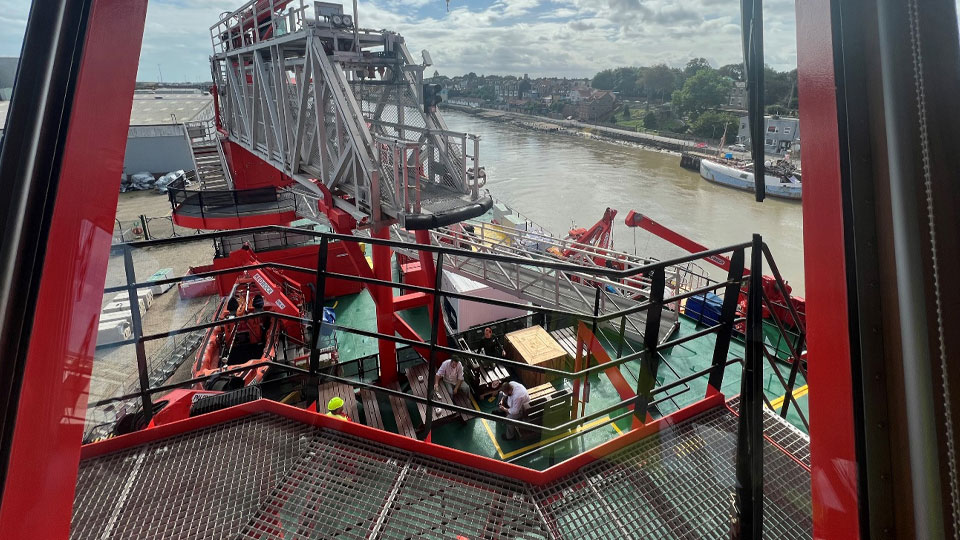
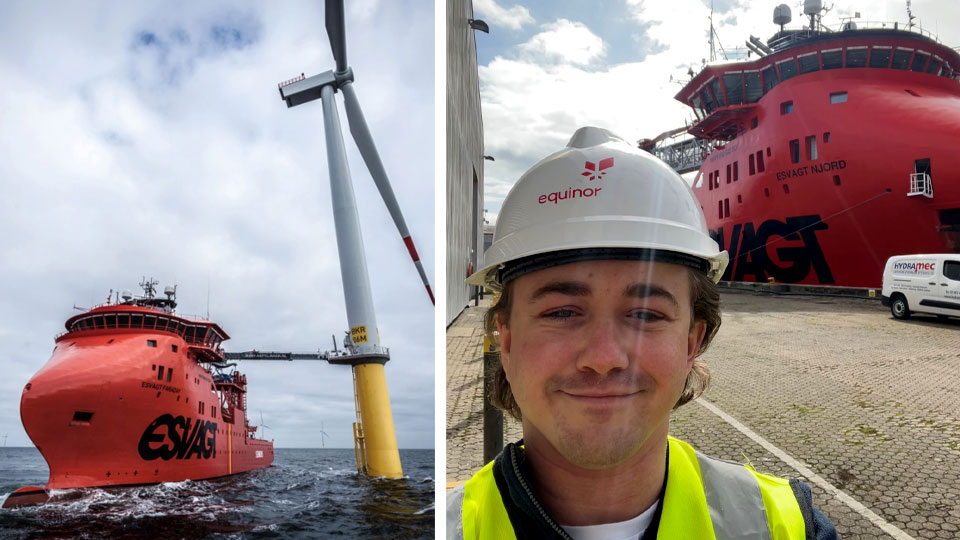
The case for offshore wind
While rising interest rates over the last couple of years have put pressure on various infrastructure investments such as this, the case for offshore wind remains strong.
It is positioned in a critical sector.
- The need for energy independence has never been greater. It is also key that this is sourced from sustainable sources to match decarbonisation requirements/targets.
- It is inflation correlated
The project benefits from an RPI (Retail Price Index) ROC (Renewables Obligation Certificate Subsidy). - It is one of the UK’s key sources of energy.
The relatively shallow waters surrounding the island and a lack of onshore space make offshore wind scalable. The predictability of wind patterns also helps ensure a reliable energy source.
While the last point highlights the usefulness of offshore wind farms, it also raises the question of the practicality of such projects. With the turbine towers themselves reaching 80 meters high, and often choppy seas (with wind comes waves!), it does make maintaining the site a tricky task. This is where SOVs such as Esvagt Njord come in.
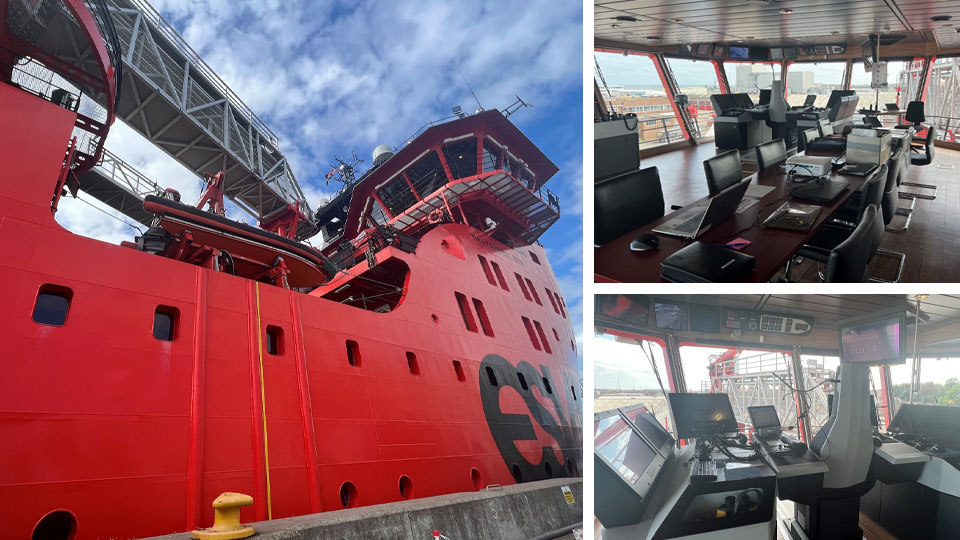
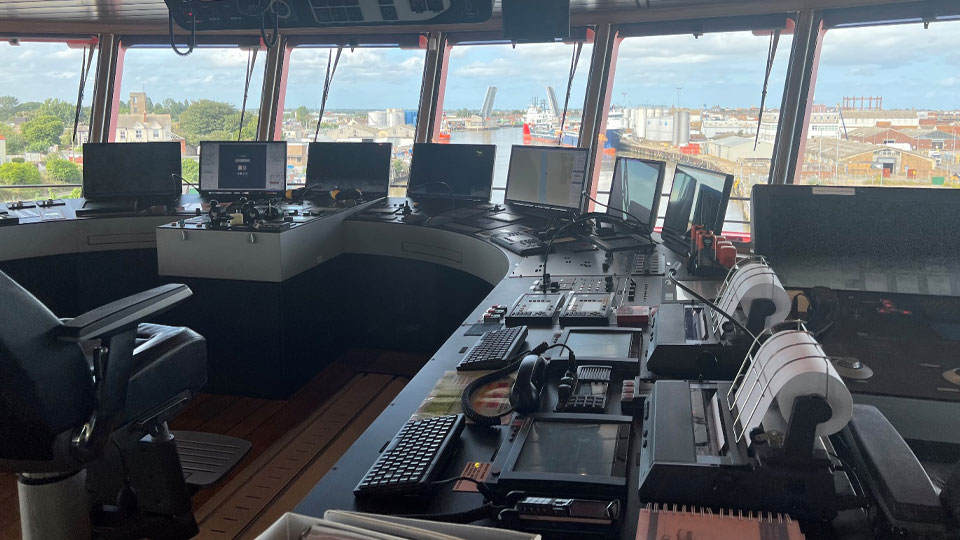
All aboard
During the site visit, we were lucky enough to be able to go onboard Esvagt Njord while docked at the operations base. Being 84m long and weighing over 5,000 tonnes, the first thing that strikes you is the size of the vessel, although when you consider the height of the turbines this is less of a surprise, a dingy will hardly do the job!
The main purpose of the vessel is to transfer technicians onto the wind turbines, which at sea, requires great care. It is equipped with a motion-compensated ‘walk-to-work’ gangway which enables a step-less transfer from the vessel to the wind turbine, allowing the technicians to safely carry out any required maintenance.
With 40 technicians and 20 crew members on board, the vessel needs ample facilities to enable a safe and comfortable workspace. With a large canteen, cinema room, and gym to name a few, there are plenty of home comforts to ensure this.
While a key source of energy for the UK, the site visit did highlight for me the sheer scale of running and maintaining such renewable projects, giving an insight into one of the many aspects of converting wind into energy and reinforcing the need for investment.
1. https://www.power-technology.com/data-insights/power-plant-profile-kilroot-power-station-uk/
2. https://onlinelibrary.wiley.com/doi/abs/10.1111/j.1530-9290.2012.00464.x


